
a food sovereignty zine by the Community Food Systems Fellows


a food sovereignty zine by the Community Food Systems Fellows
Thank you to the many partners, designers, and fellow stewards whose contributions and guidance made this resource possible.
Cover, graphic design, and illustrations by Melissa Teng, studio mqqt.
Right photo by Marc Peeples.
This publication was made possible by a grant from the Robert Wood Johnson Foundation.
Suggested citation: Vital Village Networks Community Food Systems Fellows. Food Sovereignty Zine: Stories of Food Resiliency and Liberation. Boston, MA: Boston Medical Center, 2024.
© 2024 Boston Medical Center Vital Village Networks

a food sovereignty zine by the Community Food Systems Fellows
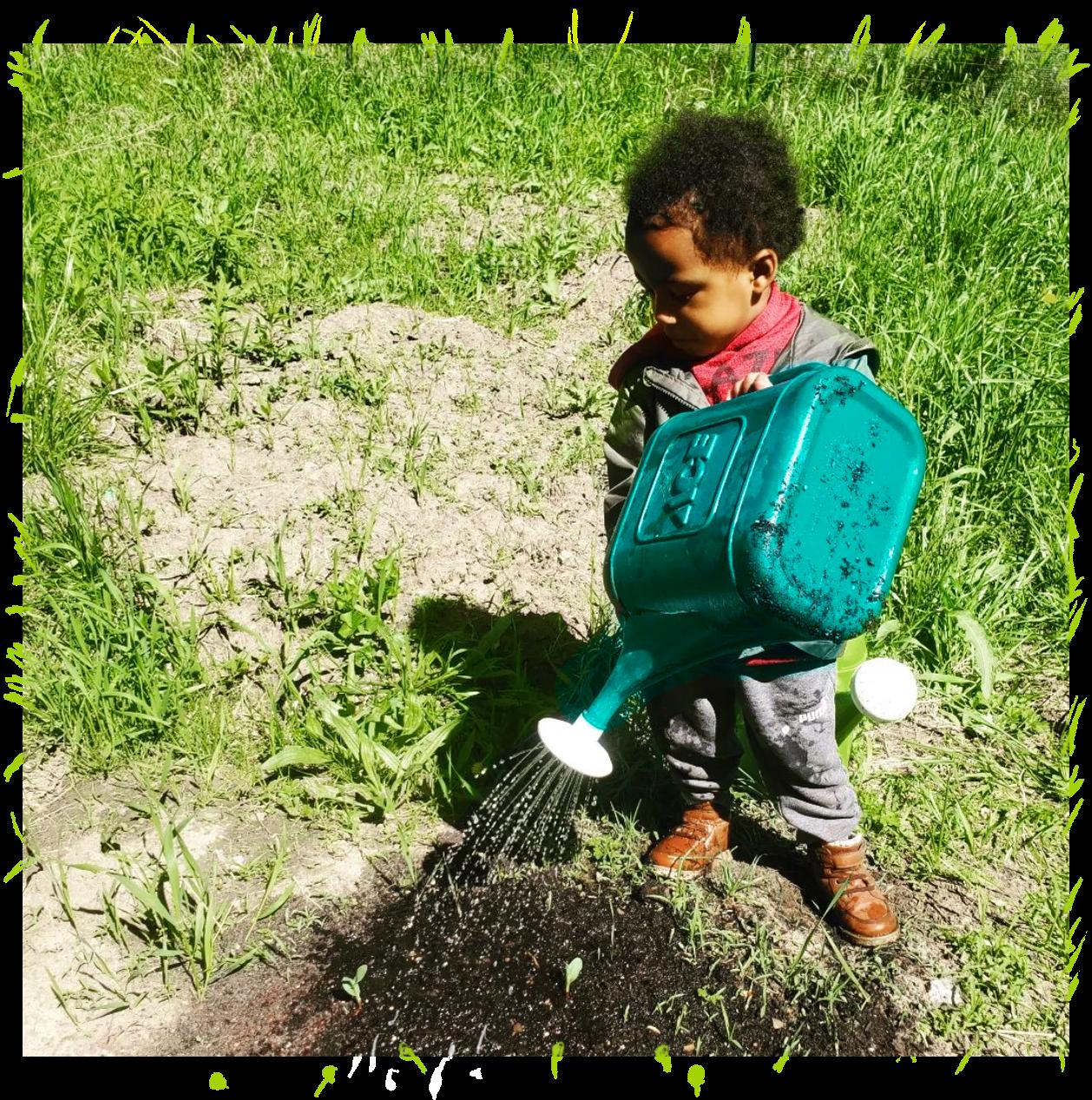

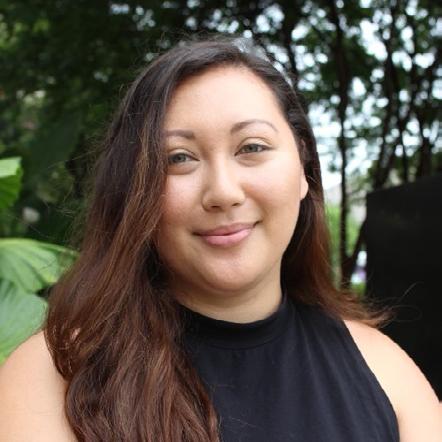




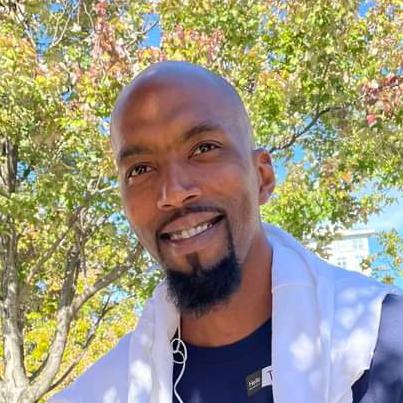
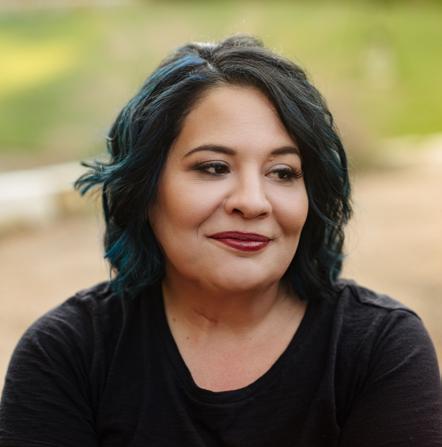




We are a group of 10 Black, Indigenous, Latine, Asian American, Native Hawaiian, and Pacific Islanders working within the food system connected through Vital Village Networks’ Community Food Systems Fellowship.
Our dream is to build off of our diverse experiences to transform our current food system into one that is stewarded equitably by local communities.
We orient ourselves with the understanding that our current food system has played a large piece in the oppression of historically resilient peoples in the u.s, particularly Black and Indigenous folks, through genocide, slavery, food aparthied, forced land removal, and the attempted destruction of cultures. It is only through dismantling harmful policies and structures and reckoning with the past, that we will be able to build a food system where all people have access to and choice over their food - where people are food sovereign
In this work, we look to our historically resilient community members and ancestors to guide us. We use “historically resilient,” rather than “marginalized communities,” to center the ways our communities have fed themselves despite the weight of larger systems being stacked against them, through practicing solidarity economics, mutual aid, and leading liberation movements that place their communities’ wisdom at the center of the food system.
Travis Andrews (he/him)
Sierra Doehr (she/they)
Femeika ‘Meik’ Elliott (she/her)
Jamie Gonzalez (she/her)
Cassandra Loftlin (she/her)
Hallie Nelson (she/her)
Marc Peeples (he/him)
Kim Ross (she/her)
Patricia Tarquino (she/her)
Tacumba Turner



Food sovereignty, as a practice, has existed amongst Black and Indigenous populations for all of time. Over 10,000 years ago, the domestication of wild grains and other types of plants led to our ancestors developing sustainable systems of agriculture, which led to the development of their civilizations. These ancestral food systems focused on biodiversity and co-existing with nature in reciprocal ways. The natural world was an extension of their own health and role in the world, rather than a disjointed space for humans to dominate.
“The food sovereignty movement revolves around placing both farm workers and consumers at the core of the food system. Addressing the challenges posed by global climate change necessitates a profound reevaluation of our relationship with the planet and our role within it.”
— Leila Alhemali
Colonization from european settlers in the americas and imperialism chartered globally by what became known as the united states, changed global food systems for our historically food sovereign ancestors.
As our Black, Indigenous, Latine, Asian American, Native Hawaiian, and Pacific Islander ancestors were systematically exploited and oppressed through forced labor, genocide, and land removal from their ancestral lands, the sustainable food systems they stewarded became highly volatile and unstable. This process formed what we call the european settler food system in the united states, and ripples of that violence spread globally through american imperialism.
Our ancestors did not just simply give up on their foodways amidst this violence.
For example, while Indigenous peoples were tortured and mutilated by settlers for growing their
traditional foods, they hid their seeds for survival, burying seeds underground in vessels that they could come back to later.
Our ancestors’ stories of resilience, cultivated joy, and commitment to preserving their foodways inspires and offers much wisdom in our current fight for food sovereignty.
“Our ancestral grandmothers braided seeds of okra and millet and rice and sorghum—all their cherished crops—into their hair before being forced to board transatlantic slave ships. They believed, against the odds, in a future in the soil.

And with those seeds they also braided cultural traditions about how we interact with land, how we take care of the soil, and how we share resources and labor.
African Americans brought these traditions to North America with us, and the colonial empire tried to stamp them out through centuries of enslavement and sharecropping and exclusion from fair-labor protections.”
— Leah Penniman from SOULfire Farms
The modern industrialized food system as we know it in the so called united states was born after the world wars and is only about 100 years old.
The use of synthetic fertilizer and industrial machinery has shifted us into a fast paced world of food production since then. This food system has also been systematically set up to oppress and limit the ability for low-income folks and communities of color to freely choose what foods they want to eat as a result of food apartheid.
For example, racist and derogatory language was used to demean indigenous foodways. Indigenous food systems are being re-evaluated for their effectiveness, compared to destructive systems created by european settler colonialism on Turtle Island.
This current food system has caused more harm than good for both the environment and our health. Heavy tilling practices led to the dust bowl, synthetic fertilizers and overproduction
are destroying soil for agriculture, heavy herbicides and pesticides run-off is ruining groundwater, and urban expansion is reducing biodiversity. We have seen our health decline one generation after the other, while Big Agriculture and politicians continuously prioritize profits over the people and the planet. Rates of food apartheid have skyrocketed and this will only increase as the climate crisis approaches ecological disaster.
For more details, see Tracing Back the Roots of the Food Sovereignty Movement, https://thecommons. earth/blog/tracing-back-the-rootsof-the-food-sovereignty-movement
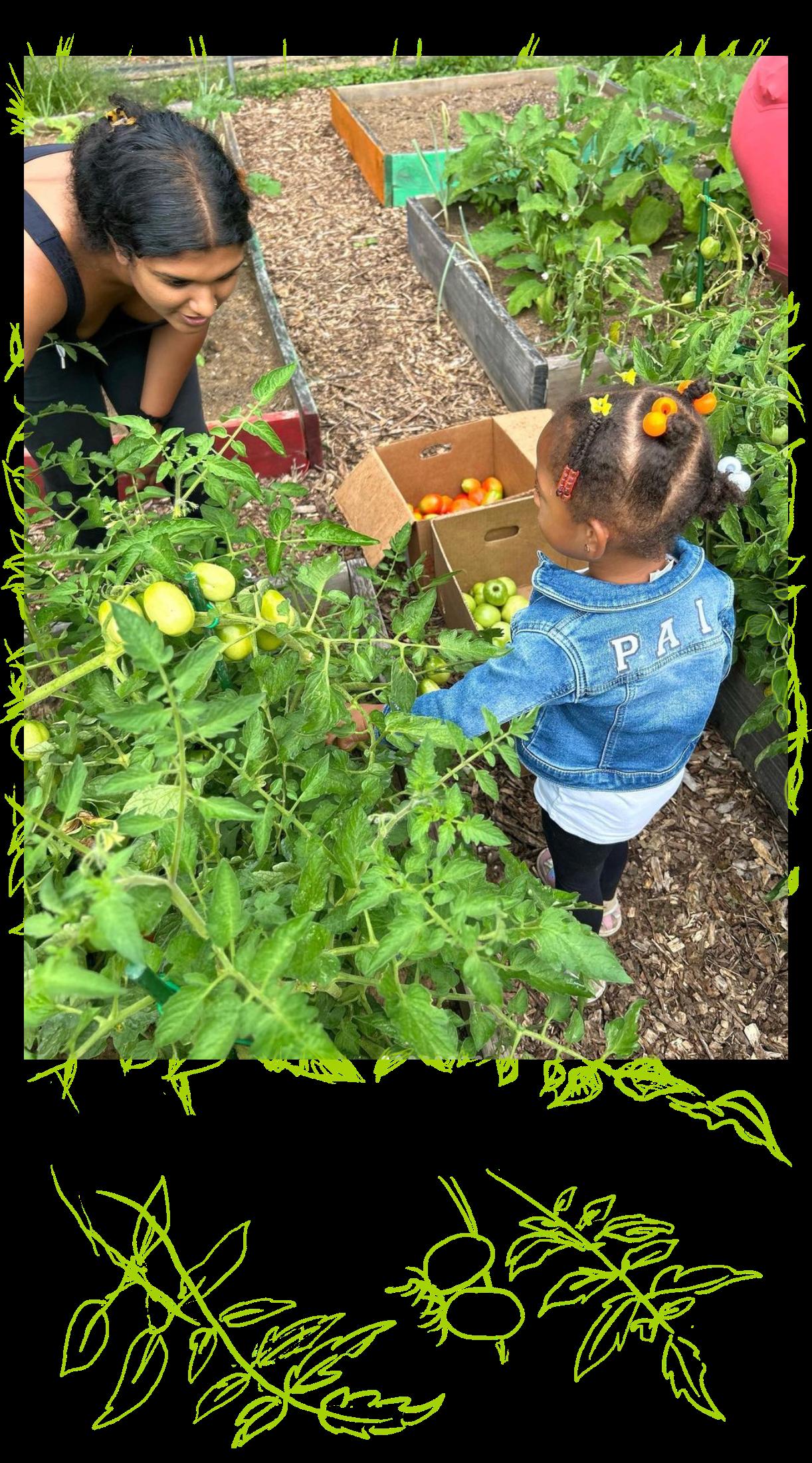
“Food sovereignty is the right of peoples to healthy and culturally appropriate food produced through ecologically sound and sustainable methods, and their right to define their own food and agriculture systems.”
— Declaration of Nyéléni, the first global forum on food sovereignty, Mali, 2007
1900
Prior to the wars, the U.S. was a malnourished country.
PREV GENERATION 1900-1913
Food Security is National Security SILENT GENERATION 1928-45
PREV GENERATION 1914-1927
1929
The Great Depression marked the beginning of widespread hunger in the U.S.
1970
High fructose corn syrup industry takes its foothold.
1900 1925 1975 1950
1925
After the wars, the U.S. repurposed their bomb manufacturing surplus as fertilizer.
1946
President Truman created The National Lunch Program to ensure young men were healthy enough for military service. This also served as a subsidy for the agribusiness.
1974
The concept of food security is born, leading to the international World Food Conference, a collective of resources and collaboration held by the U.N.
We are here
SCREENAGERS
GEN Y 1997-2012
40% mental health issues
Agricultural production will have to double to meet the demand of an estimated global population of 9.5 Billion.
Agriculture yield could potentially decline due to climate change.
Adapted from an original timeline by Travis Andrews, Native Farming Solutions OKC.

d security issues oftodaywillchangedramatically in
. . . . . . . The future willrequire education offarmi n g ssenerawadna ycilopfo ro noitalsigel
hatsupports localfoodsystems. . . . . . . . . . . .
As BIPOC food systems leaders fighting for food sovereignty, we believe in the power of local communities to shift power from the bottom up.

We believe a liberated & equitable food system looks like
Ԥ Local communities having control over their food system and the policies that shape it, rather than private businesses or the federal government,
Ԥ Food as a right,
Ԥ Growing food in ways that honors the land and the people that grow/distribute it,
Ԥ Rematriation of land—meaning restoring sacred relationship between indigenous peoples and their ancestral lands across the world,
Ԥ Land and labor reparations for Black and Indigenous peoples,
Ԥ Local, independent farms having control over their seeds and what they grow,
Ԥ Deep collaboration between community and farmers to create access to fresh, affordable, culturally relevant foods for all residents,
Ԥ Cooperative and solidarity grounded businesses. Community land spaces managed by neighbors,
Ԥ All farmers paid dignified wages with access to supportive benefits,
Ԥ Centering of historically resilient communities and their histories with the food system including: BIPOC folks, disabled folks, migrants, women and gender expansive peoples,
Ԥ Decentering western approaches to farming/food and lifting up the traditions and stewardship of Black, Indigenous, Latine, Asian American and Pacific Islander peoples,
Ԥ Restoring local food economies and trade networks,
Ԥ Focus on cultural, physical, and spiritual nourishment when it comes to how humans relate to food.
What is the future that we would like to see?
Not a dictated future, But an inclusive future that includes what people are saying food sovereignty is.
Instead of being told, We should be inviting everyone to share what they would like the world to look like.
Instead of dictating the future vision, We must invite people to determine the future they would like to see.
The future isn’t for me, it is for my
children.


Hear this powerful oral story from Marc Peeples, Liberated Farms, on his and his family’s history and journey.


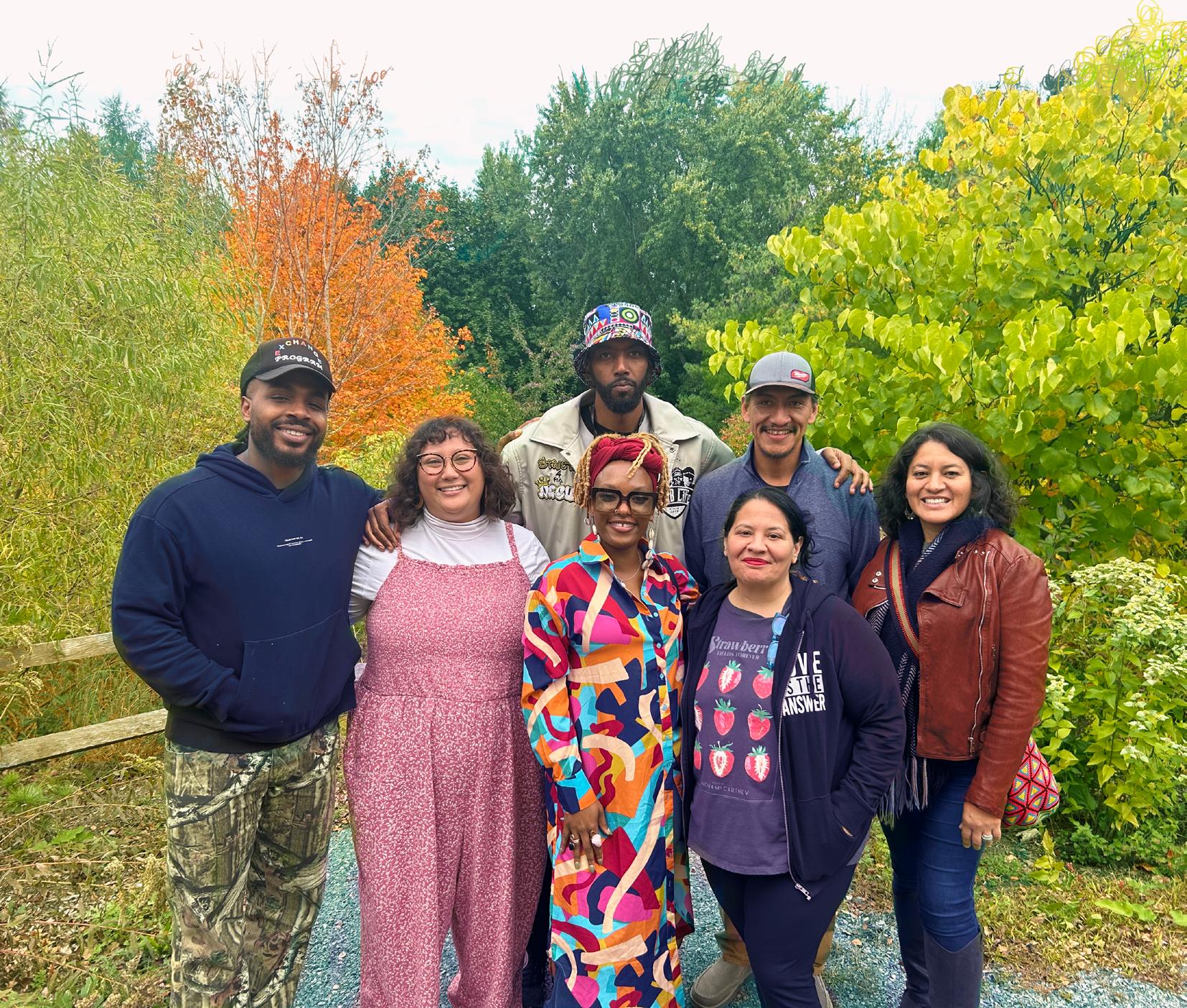

Food systems fellows gather together at their first in-person fellowship retreat at the Mattapan Nature Center in Boston, MA, during Vital Village Networks’ National Community Leadership in October 2023.











Farm Bill, U.S. Dept. of Agriculture
Set to expire Sep 30, 2024
2024 Jefferson County Food Policy Platform by Jefferson County Food Policy Council (English)
2024 Plataforma de Políticas Alimentarias de Jefferson de Jefferson County Food Policy Council (Español)
Example of a collaboratively developed local food policy platform
Council on Hunger and Food Policy
by New York State






Local Food Advocacy Workbook by Jefferson County Food Policy Council (English)
Cuaderno de Trabajo de Abogacía Local para Justicia Alimentaria de Jefferson County Food Policy Council (Español)
From Food Justice to Liberation: Building Community Power through Community Gardens & Urban Farms by the Praxis Project
Organizing for Racial Equity Within the Federal Government by Race Forward

